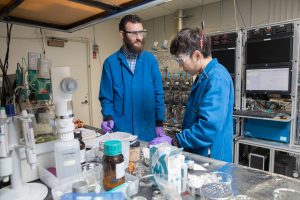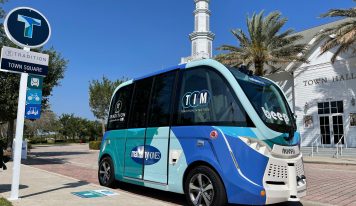Look at human history – pick any period. There have always been conflicts and wars over resources. Take the middle east and Europe over the last hundred years as an example. Countless millions have been killed as a result of WW1 and WW2 and so many others.
Look at Russia’s annexing of a country every few decades or so – they want more resources , at all costs.

The first Gulf War the U.S. got involved in was to protect the resource of oil being controlled by Sadam Hussein.
Business Insider has a list of wars fought over commodities and they include:
- U.S. Civil War centered around agricultural commodities.
- Finnish-Soviet war was over Nickel
- The Pearl Harbor strike was Japan’s effort to knock the U.S. out of the war and get access to commodities in South Asia
In 1972 – there was an energy crisis thanks to an Arab oil embargo targeted at the west. Skyrocketing fuel prices and long lines at the gas pump were a few results of this event.
The middle east brought the U.S. to its knees.
Every subsequent U.S. president promised energy independence but didn’t really have a plan to make it happen. In fact, many elected leaders reduced the number of areas that could be drilled.
Regardless – fracking technology caused an energy boom in the U.S. and the country is now a net exporter of energy!
While other countries are fighting wars for resources, the United States developed horizontal drilling!
Rich Tehrani
Cobalt and Lithium are valuable resources used in batteries – essential for the next generation of electric vehicles.
China knows this and seems to be the only country with a strategic plan to dominate global commodities. They have been working on this for over a decade.
Now, IBM Research has developed a cobalt-free EV battery that uses materials from seawater and is less likely to catch fire.
Overall, this battery has shown the capacity to outperform existing lithium-ion batteries and can also be optimized for a range of specific benefits, including:
- Lower cost: The active cathode materials tend to cost less because they are free of cobalt, nickel, and other heavy metals. These materials are typically very resource-intensive to source, and also have raised concerns over their sustainability.
- Faster charging: Less than five minutes required to reach an 80 percent state of charge (SOC), without compromising specific discharge capacity.
- High power density: More than 10,000 W/L. (exceeding the power level that lithium-ion battery technology can achieve).
- High energy density: More than 800 Wh/L, comparable to the state-of-art lithium-ion battery.
- Excellent energy efficiency: More than 90 percent (calculated from the ratio of the energy to discharge the battery over the energy to charge the battery).
- Low flammability of electrolytes
To be honest – we are skeptical about bringing battery tech from the research stage into production but the amazing success in fracking gives us hope that old-world tech can be improved. With all the money on the line – if this can work, both IBM, Mercedes and potentially other car manufacturers will find a way.
Oh, and in the process, tech not only allowed the U.S. to overcome the dominance of the middle east in oil but might do the same to China in EV batteries – proving, U.S. tech is the world’s strongest force. More powerful than commodity monopolies, tanks or soldiers.






